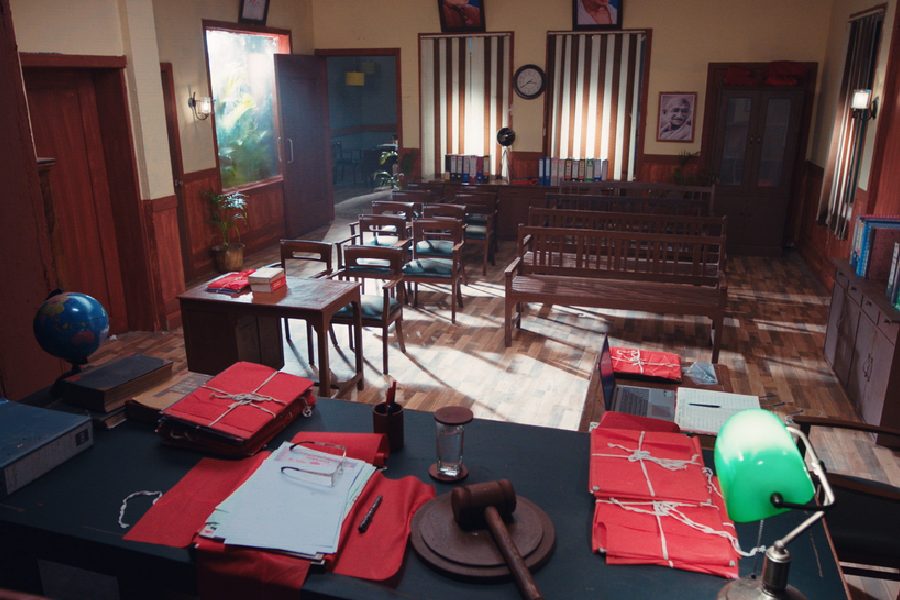 |
| The Flower Shakespeare: Which one is for real? |
London, April 22: A portrait of William Shakespeare, claimed by many to have been painted during his lifetime, is a 19th-century fake, the National Portrait Gallery announced last night.
The discovery is the first step in a year-long study of the six works with the best claim to be contemporary portraits of the playwright.
The results will be revealed by the gallery early next year. If all six are fakes or copies, the popular image of a balding Shakespeare with wispy moustache and beard will be thrown into serious doubt.
The fake unmasked yesterday is the Flower Shakespeare, owned by the Royal Shakespeare Company and displayed at its headquarters in Stratford-upon-Avon. The Flower family of brewers gave it to Stratford in 1895.
From microscopic examination of pigments in the paint, the gallery says the picture, on a wooden panel, was painted between 1818 and 1840.
The investigation has also confirmed an earlier finding that the Bard?s portrait was covering a much earlier religious painting.
The most widely accepted likenesses of him are a bust at his burial place of Holy Trinity, Stratford-upon-Avon, and the engraved portrait that appeared on the First Folio of his collected plays, seven years after his death in 1623.
The First Folio illustration was by a young engraver from the Low Countries called Droeshout, and a number of scholars have argued that he copied the likeness from the Flower Shakespeare.
The gallery team will now carry out similar investigations into the other five lifetime portrait ?contenders?. The two pictures with the best claims are the undated Chandos Shakespeare, the first painting given to the newly founded gallery in 1856, and the Grafton Shakespeare at the John Rylands Gallery in Manchester, which bears an inscription saying it was painted in 1588, when the playwright was 24.










